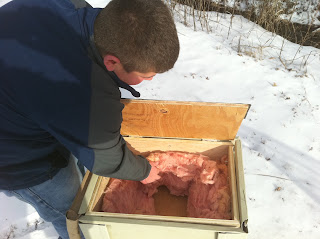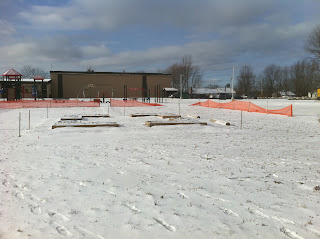Middle level students at the Folsom school have elevated their robots skills this year through a comprehensive approach to integrate robotics and programming into the 7th grade math curriculum. Mr. Fitzgerald has been using robots with students since the district received a grant for the robots last year.
One of the main improvements over last year is “Skyping” with the Isle La Mott students on their robot projects. This is the first time in recent memory where students from island schools are interacting remotely on regular basis.
Similarly, this year has a much heavier emphasis on the use of sensors to develop more sophisticated robot behaviors, such as the “scaredy-bot”. The “scaredy-bot” cries when the lights are turned out, runs away from loud sounds or when people or objects get too close to it. Students learn basic loops, switches and wait statements before combining them in unique ways to accomplish their programming goals. Students also present their programs and their robots to one another during each class to select a winner, whose reward is no homework for the evening.
We hope to have our first “robot wars” before February vacation. Successful robots will not only use all of their sensors efficiently, they will be able to use three motors to move and protect themselves from other robots.
A select group of students has also elected to participate in the Lego FLL Body Forward challenge. These students must select a medical issue, research it, design a machine to address the issue and construct a prototype using legos. Finally, these students will present their findings to a group of professionals, such as the medical students at the University of Vermont Medical School in April.


















































